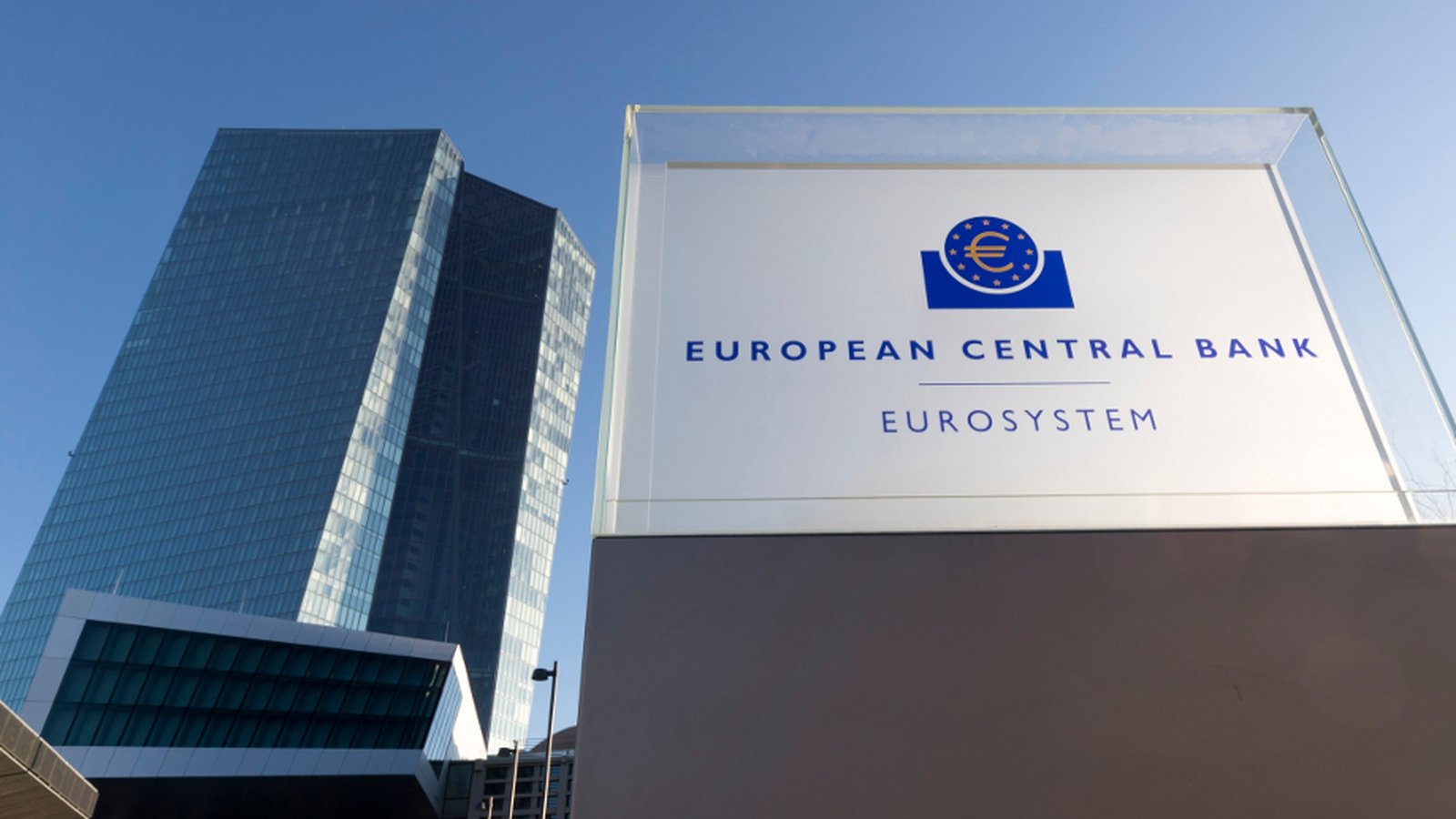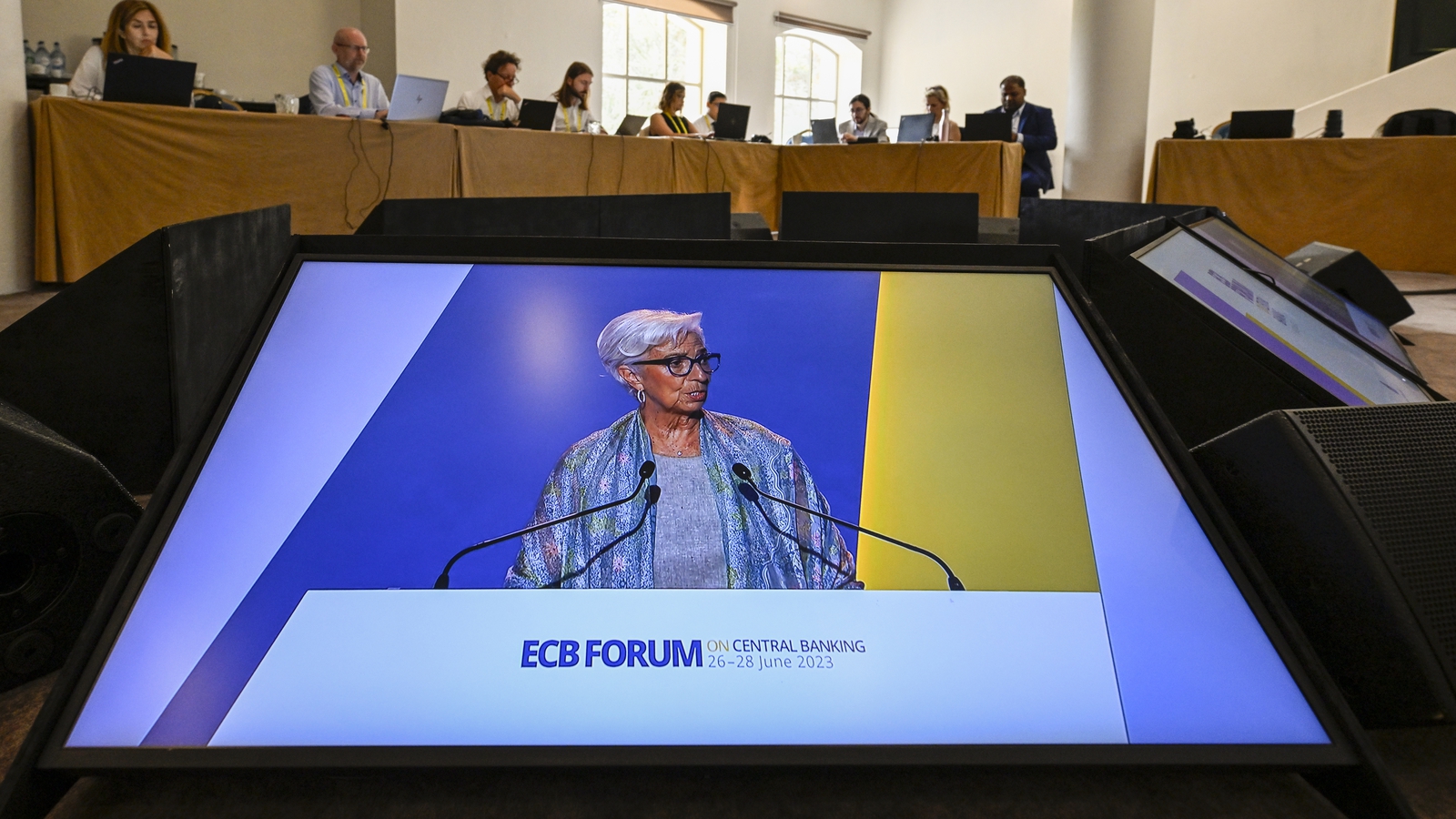If you have not fixed and can tolerate the latest ECB rise then I would hold on to it. This from Investor Chronicle to me sums up the posistion. For me I am keeping the Tracker for what its worth.
European Central Bank: Thursday 14 September
Key policy rate: increased by 0.25 percentage points to 4 per cent
In a finely balanced decision, the ECB increased interest rates by 0.25 percentage points on Thursday. The move takes the key deposit rate to 4 per cent, the highest level in the central bank’s history.
Having stressed its
“data dependent” approach in previous meetings, the decision was a close call. Recent releases have been
decidedly mixed: the labour market remains very tight and wage pressures are easing only slowly. Headline inflation was flat last month, though the ECB's updated forecasts revealed higher expectations for inflation this year. Worryingly, there are signs that the economic outlook is worsening, and services PMIs have now tipped into contraction territory.
In a statement released after the decision, ECB president Christine Lagarde said that inflation was still expected to "remain too high for too long”, and added that policymakers raised interest rates to “reinforce progress” towards the inflation target.
As a result, economists interpreted today’s move as a signal that fears about inflation still outweigh worries on economic growth. After the release, Dean Turner, chief Eurozone and UK economist at UBS Global Wealth Management, said that though recent data has raised questions about the health of the economy it was clear "high inflation trumps these concerns”.
Nevertheless, policymakers may have implemented their final interest rate rise. Turner expects this to be the last hike from the ECB, but anticipates that rates will remain at this level until well into next year. Mike Bell, global liquidity market strategist at J.P. Morgan Asset Management, said that “with the business surveys indicating an imminent sharp slowdown in growth, the ECB are probably done hiking”.
If you ditch the Tracker it is gone for good.
(Mr Burgess - have you considered implied terms in contract to challenge the ditching of Trackers?)


